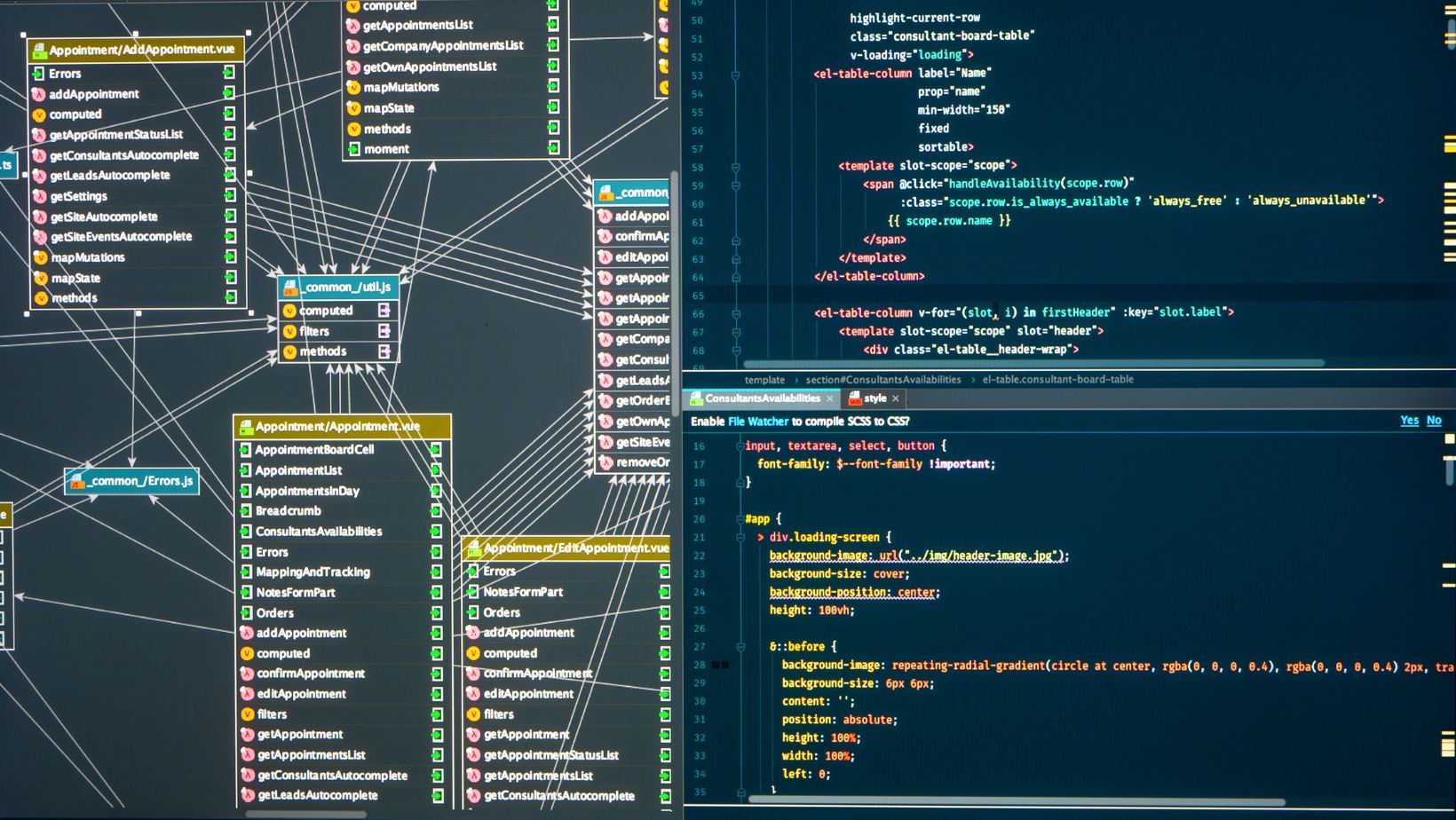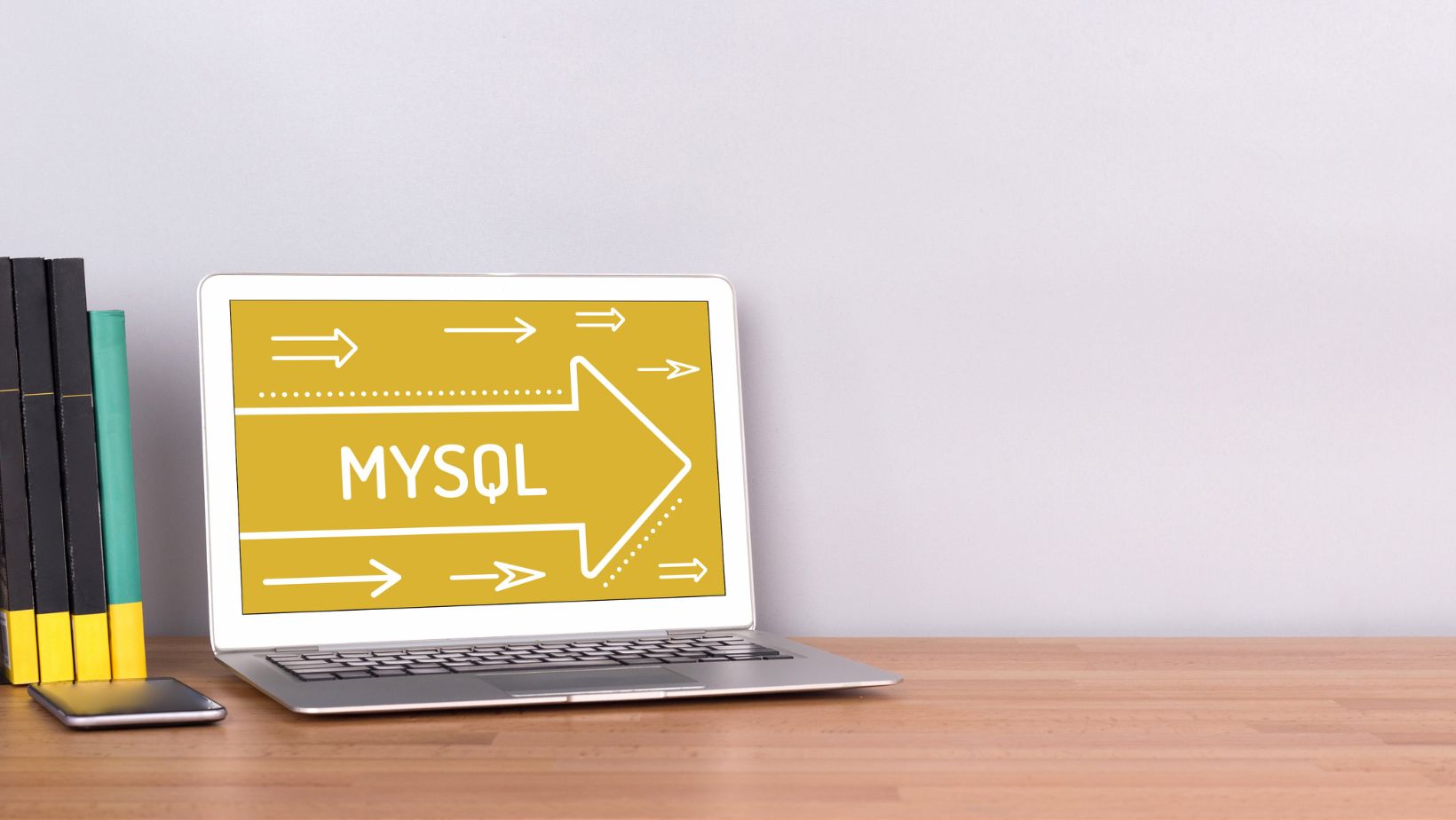
Upgrading your MySQL version can boost performance, bring new features, and fix bugs, but it’s important to prepare properly to avoid issues. The key steps in preparing for a MySQL version upgrade involve checking for errors, ensuring compatibility, and planning for data migration. Following these steps will help ensure that your upgrade goes smoothly and your database remains stable.
Before starting, check for any compatibility issues by using commands like mysqlcheck -u root -p –all-databases –check-upgrade. This ensures that there are no obvious problems that would prevent upgrading. If errors appear, correct them before moving forward.
To ensure a smooth transition and minimize disruptions, consider consulting with experts in MySQL consulting services as their deep understanding of the upgrade process can provide valuable guidance, and will help you navigate potential challenges and optimize your database for the new version. By working with professionals, you can increase your chances of a successful upgrade and unlock the full potential of MySQL’s latest advancements.
Once you upgrade the binary package, update the database system tables and metadata by running mysql_upgrade script. Verify that the service is running correctly by using commands like systemctl status mysqld.service. These steps are critical in ensuring the consistent performance of your upgraded MySQL instance.
Key Takeaways
- Check for errors and compatibility before upgrading.
- Correct any detected issues for a smooth upgrade process.
- Run essential commands to verify service status and data migration.
Pre-Upgrade Considerations
Before upgrading MySQL, it’s crucial to evaluate the current system, understand potential upgrade paths, and prepare for changes that may affect compatibility. This ensures a smooth transition and minimizes downtime.
Assessing the Current Environment
Begin by examining the existing MySQL environment, including MySQL 5.7 or MySQL 8.0 installations. For those dealing with data extraction, transformation, and loading tasks, exploring MySQL ETL tools can offer additional insights into optimizing your data processes before the upgrade. Check the versions and configurations of system variables and server startup options. Make a list of databases, tables, and storage engines used, especially InnoDB, because this is the default engine for MySQL. Verify the current health of the MySQL system database and its system tables.
Understanding Upgrade Paths
Deciding on the upgrade path is essential. Upgrading directly from an older version, like MySQL 5.7, to a newer one, such as MySQL 8.0, may involve certain restrictions.
Assess whether you’ll perform an in-place upgrade or take a rolling upgrade approach. Both methods have benefits, but each also carries its own risks. For example, in-place upgrades quickly overwrite existing installations, while rolling upgrades replace servers one by one.
Planning for Compatibility Changes
Compatibility is a significant concern when upgrading. Changes in MySQL versions often include configuration changes, improved security features, and enhancements in MySQL system databases. Review release notes and upgrade documentation to understand these changes.

Pay special attention to deprecated features and removed functionalities. Adjustments in SQL syntax, system variables, and server startup options might affect existing applications. Ensure applications are compatible with the new MySQL version to avoid disruptions.
Evaluating Upgrade Prerequisites
Make sure the prerequisites for the upgrade are met. Confirm that you have the required administrative privileges. For some tasks, only a superuser can perform certain operations.
It’s important to back up all databases and system tables. Ensuring that you have recent backups provides a safety net in case anything goes wrong. Additionally, verify that the system has enough disk space and resources to handle the upgrade process without issues.
By carefully considering these factors, you can ensure a smooth and successful upgrade to a new MySQL version.
Executing the Upgrade
To execute a successful MySQL upgrade, there are several critical steps. These steps include performing pre-upgrade tests, conducting the actual upgrade, finalizing the upgrade, and post-upgrade validation.
Performing Pre-Upgrade Tests
Before upgrading, it’s crucial to conduct pre-upgrade tests. Start by creating a backup of your current MySQL database using tools like mysqldump. Check for any existing issues with the mysqlcheck -u root -p –all-databases –check-upgrade command to ensure no corrupted tables.
Review your my.cnf configuration file for parameters that might be deprecated in the new version. Use the MySQL Shell upgrade checker utility to identify potential issues and incompatibilities. Also, verify partitioned tables and foreign key constraint names to ensure they comply with the new version.
Conducting the Upgrade Process
During the upgrade process, first shut down the MySQL service using systemctl stop mysqld. service on Linux or the MySQL Installer on Windows. If upgrading from MySQL 5.7 to 8.0, start by downloading the latest version’s packages.
Next, start the MySQL service with systemctl start mysqld.service. Execute the upgrade command: mysql_upgrade, which updates system tables like mysql.user and ensures data integrity. For data directory and system database updates, follow the in-place upgrade guidelines.
Finalizing the Upgrade
After the main upgrade process, finalize the upgrade by checking all customized configurations. Look at your my.cnf and log files for any warnings or errors that may have shown up during the process. Address these issues immediately.
Make needed updates to user privileges, especially for the root user. Review your MySQL system database to ensure everything was transferred correctly. Restart the MySQL service once more to apply all final changes. Make sure utilities and scripts are compatible with the new version.
Post-Upgrade Validation
Finally, validate the upgrade. Confirm that all databases, tables, views, and triggers are functioning as expected. Run a thorough set of tests, including checking connectivity from all client applications.

Double-check system tables and user permissions to ensure they were properly upgraded. Address any errors promptly by consulting the log files. If needed, roll back to the backup created at the beginning. By following these steps, the MySQL upgrade should be smooth and efficient, minimizing downtime and data loss.
Conclusion
Preparing for a MySQL version upgrade involves careful planning and attention to detail. It’s important to ensure compatibility, review deprecated features, and execute performance tests to avoid unexpected issues. By following best practices and recommendations, users can achieve a seamless transition to the new MySQL version.
A thorough upgrade process can lead to improved database performance and new features that enhance usability and functionality, making the effort worthwhile.
